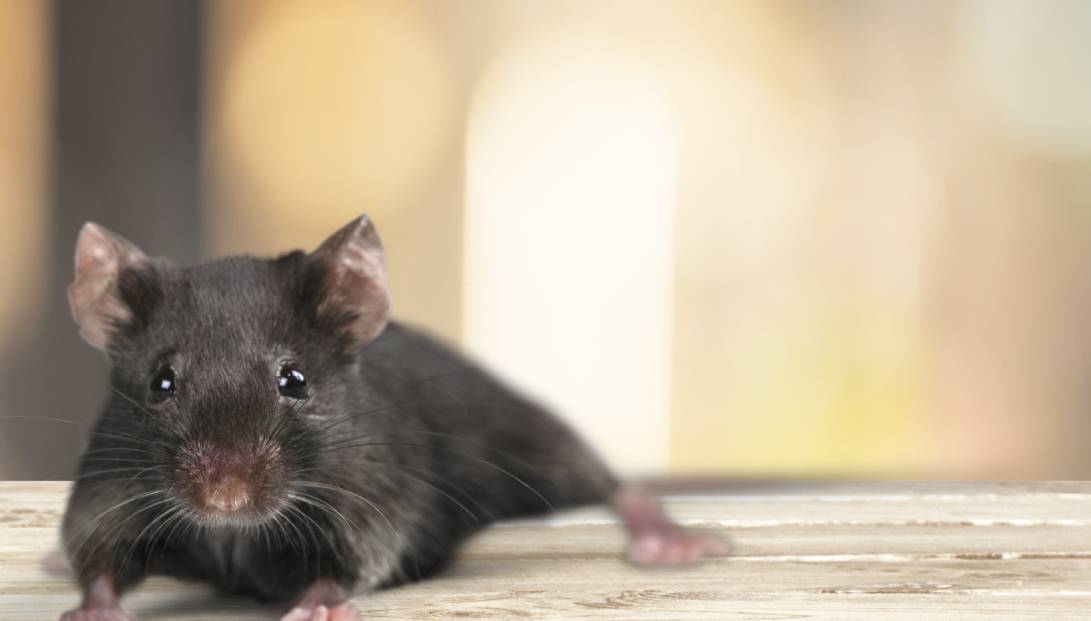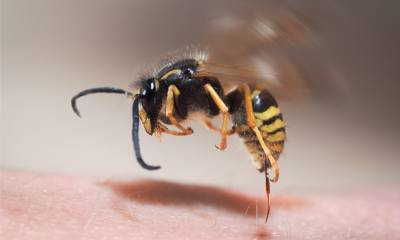Discovering unwanted visitors in your attic can be an unsettling experience for any homeowner. Among the numerous pests that may invade our homes, rats hold a notorious position, and their presence in the attic is a common problem faced by many. Understanding how these resourceful creatures gain access to your attic is crucial in addressing the issue effectively.
How Rats Get Inside
Your attic may seem like a strange place for rats to invade, but infestations up high are more common than many people realize. Rats are excellent climbers – especially roof rats, which have extra-long tails that make it easy for them to balance. Once they climb up the side of your home, rats may enter your attic by:
- Entering through cracks or gaps
- Looking for soft spots or holes in your roof
- Crawling through attic fans or vents
- Looking for plumbing or wiring openings
Keeping your roof and siding in great condition is one of the best ways to prevent an upstairs invasion of rodents. You can also seal any existing openings with caulk to make it more difficult for rats to access your space.
Signs You Have Rats in Your Attic
Identifying the presence of rats in your attic is crucial in tackling the issue promptly. The sooner you spot an infestation, the easier it will be to address the problem and avoid property damage or health risks. Here are some telltale signs that indicate a potential rat infestation:
- Strange Noises: If you hear scratching, scurrying, or squeaking sounds coming from your attic, especially during the night when rats are most active, it’s a strong indication of their presence.
- Foul Odors: Rats have a distinct musky smell that can permeate the air in your attic. If you detect a strong, unpleasant odor that persists despite your efforts to eliminate it, it could be a sign of a rat infestation.
- Droppings: Rat droppings are a reliable indicator of their presence. These small, pellet-like droppings are usually dark brown or black and can be found near their nesting areas, along pathways, or near food sources.
- Gnaw Marks: Rats constantly gnaw on objects to keep their teeth from growing too long. Look for gnaw marks on wooden beams, wires, insulation, and other materials in your attic.
- Grease Marks: Rats have oily fur that can leave greasy smudges along their regular paths. These marks may be visible along walls, beams, or near openings where they enter and exit your attic.
- Nesting Materials: Rats build nests using various materials like shredded paper, fabric, insulation, and plant matter. Check for nests tucked away in secluded corners or within insulation. Finding nests is a clear sign of a rat infestation.
What to Do if You Have Rats in the Attic
When faced with a rat infestation in your attic, it’s tempting to tackle the problem on your own. However, opting for professional rodent control services offers numerous advantages that make it the best choice for effectively eliminating these unwanted guests. Our services are eco-friendly ensuring your family is safe while the pest problem is dealt with, and with over 70 years of service, that’s a legacy you can rely on.



